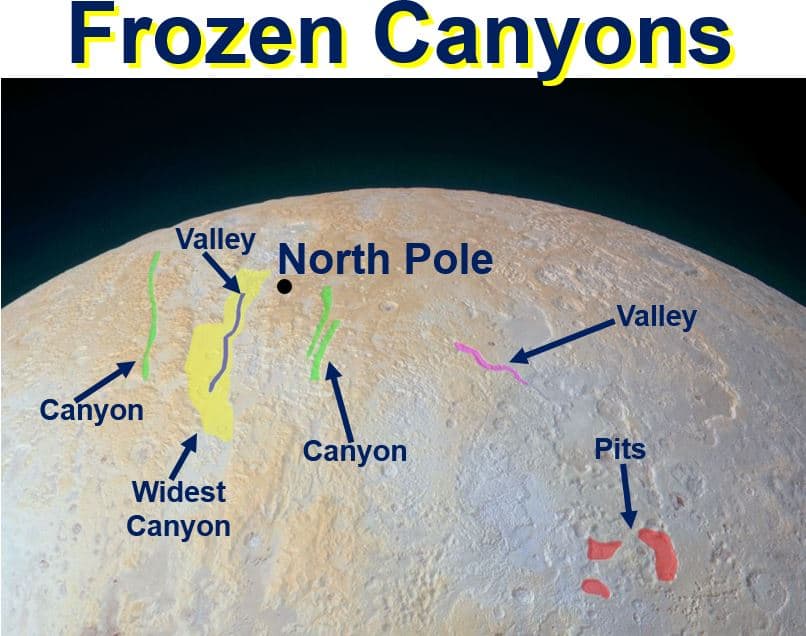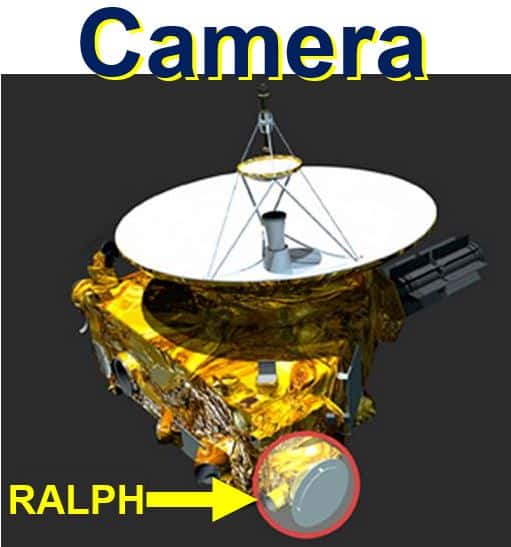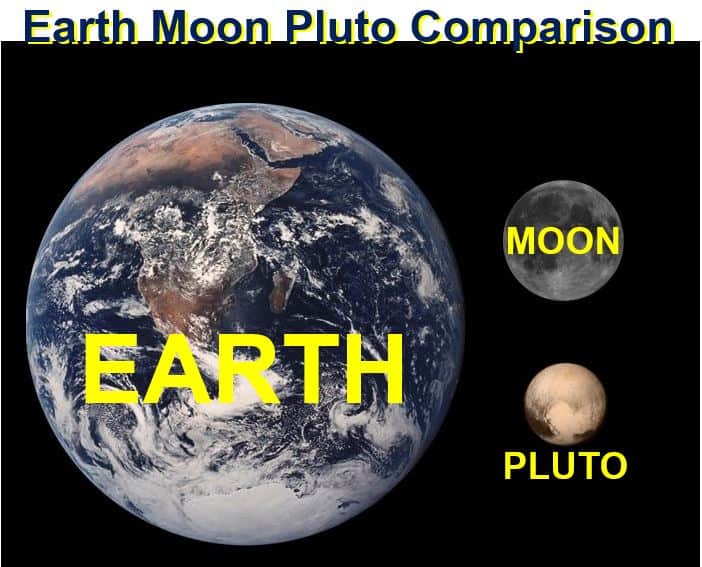A spectacular scene of amazing frozen canyons at Pluto’s North Pole, that was captured in an enhanced color image by NASA’s New Horizon’s spacecraft, shows how diverse the dwarf planet is geologically, say NASA scientists.
Long canyons run vertically across the Lowell Regio area – the informal name for a part of Pluto’s north pole region. It was named after Percival Lowell, who was the founder of the Lowell Observatory in Flagstaff, Arizona, USA, and initiated the search that led to the discovery of Pluto on 18th February, 1930.
One of the canyons – the widest one – is 45 miles (75 km) wide and runs near the North Pole. Other canyons about 6 miles (10 km) wide run parallel to the east and west.
 Image of Pluto’s frozen canyons taken by New Horizons’ Ralph/Multispectral Visible Imaging Camera. (Image: nasa.gov)
Image of Pluto’s frozen canyons taken by New Horizons’ Ralph/Multispectral Visible Imaging Camera. (Image: nasa.gov)
Canyons older than others on Pluto’s surface
These canyon’s degraded walls appear to be considerably older than the more sharply defined canyon systems in other parts of Pluto, maybe because the canyons around the polar region are older and made of weaker material.
The canyons also show evidence of an ancient period of tectonics, say NASA researchers.
The canyon’s floor has a shallow and winding valley. To the east of these canyons, another valley winds toward the bottom-right corner of the picture. On the bottom-right, the terrains appears to have been covered by material that obscures the small-scale topographic features, which gives the landscape a ‘softened’ appearance.
Subsurface ice probably melted
Irregularly-shaped larges pits – 45 miles (70 km) wide and 2.5 miles (4 km) deep – scar the region. NASA believes that these pits indicate locations where underground ice has melted or sublimated, causing the ground to collapse.
 According to the Johns Hopkins University Applied Physics Laboratory: “Ralph consists of three panchromatic (black-and-white) and four color imagers inside its Multispectral Visible Imaging Camera (MVIC), as well as an infrared compositional mapping spectrometer called the Linear Etalon Imaging Spectral Array (LEISA).” MVIC took the image of Puto’s frozen canyons. (Image: pluto.jhuapl.edu)
According to the Johns Hopkins University Applied Physics Laboratory: “Ralph consists of three panchromatic (black-and-white) and four color imagers inside its Multispectral Visible Imaging Camera (MVIC), as well as an infrared compositional mapping spectrometer called the Linear Etalon Imaging Spectral Array (LEISA).” MVIC took the image of Puto’s frozen canyons. (Image: pluto.jhuapl.edu)
The composition and colour if this region of Pluto – shown in enhanced colour – are unusual. Higher elevations show up in a distinctive yellow, something not seen in other parts of the planet.
The yellowish becomes bluish gray at lower elevations and the further one goes from the North Pole. According to New Horizon’s infrared measurements, methane ice is abundant while nitrogen ice is scarce across Lowell Regio.
Will Grundy, New Horizons composition team lead from Lowell Observatory, said:
“One possibility is that the yellow terrains may correspond to older methane deposits that have been more processed by solar radiation than the bluer terrain.”
New Horizons’ Ralph/Multispectral Visible Imaging Camera (MVIC) was used to obtain this image. Its resolution is about 2,230 feet (680 metres) per pixel. The lower edge of the picture measures approximately 750 miles (1,200 km) long. New Horizons was about 21,000 miles (33,900 km) from Pluto, approximately 45 minutes before its closest approach, when the picture was taken on 14th July, 2015.
 Pluto is small – it has about one-sixth the mass of the Earth. (Image: adapted from Wikipedia)
Pluto is small – it has about one-sixth the mass of the Earth. (Image: adapted from Wikipedia)
About Pluto
According to NASA, Pluto is classified as a dwarf planet. It is a member of a group of objects that orbit in a disc-like zone beyond Neptune’s orbit called the Kuiper Belt.
The Kuiper Belt is populated with thousands of tiny icy worlds, which formed early in the history of the Solar System.
The International Astronomical Union defines a dwarf planet as a celestial body that orbits the Sun, has enough mass to assume a nearly round shape, is not a moon, and has not cleared the neighbourhood around its orbit.
Pluto is about two-thirds the diameter of our Moon. Scientists believe it probably has a rocky core surrounded by a mantle of frozen water. Its surface is coated with more exotic ices like nitrogen and methane.
Owing to its lower density and size, Pluto’s mass is approximately one-sixth that of our Moon. Pluto has fourteen times the mass of Ceres – the dwarf planet that resides in the asteroid belt between Jupiter and Mars.
Pluto takes 248 years to complete one orbit around the Sun. Its elliptical orbit can take it up to 49.3 astronomical units (AU) from the Sun. (1 AU = about 93 million miles – One Earth to Sun distance).
In 1989, Pluto came within 29.8 AU of the Sun, which gave us rare opportunities to study this distant, cold, small world. From 1979 to 1999, Pluto was nearer the Sun that Neptune was.
Video – Pluto the icy dwarf planet
